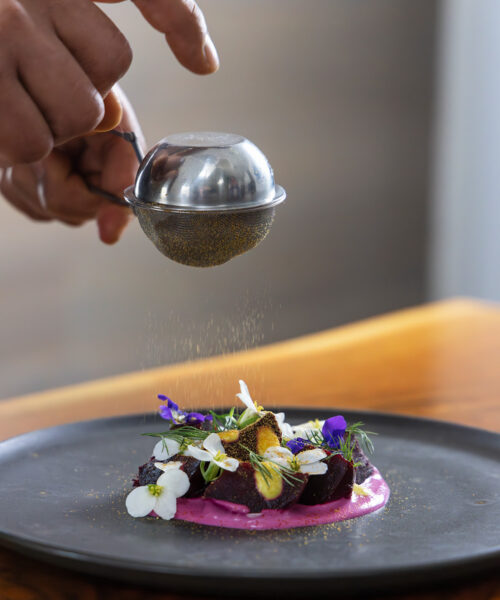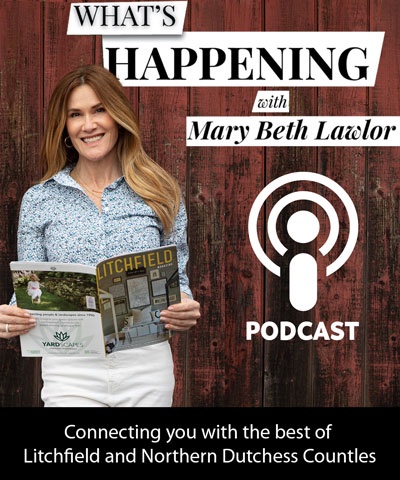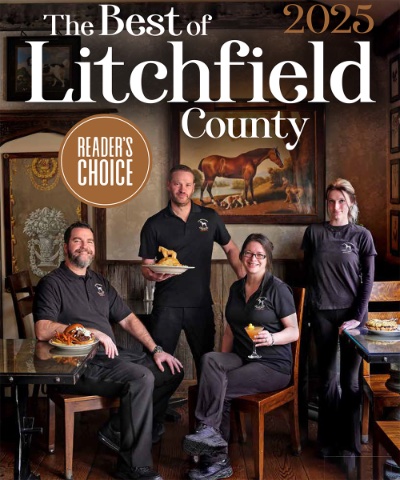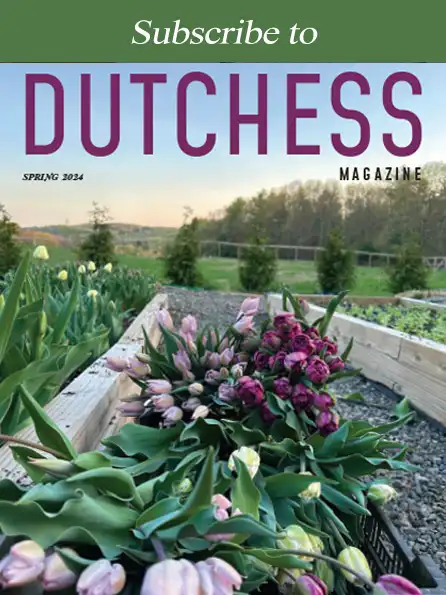June 18, 2024
A Head Chef Reveals His Purpose and Passion
By Michelle Madden
Photos by Rana Faure
Community Table: The hip, locavore restaurant that is restrained yet warm, and where community is a religion. The dishes are plated on local pottery, the walls dressed with art from neighborhood galleries, the ingredients sourced from local farms, and the chairs warmed by sheepskins—well, OK, those are Swedish.
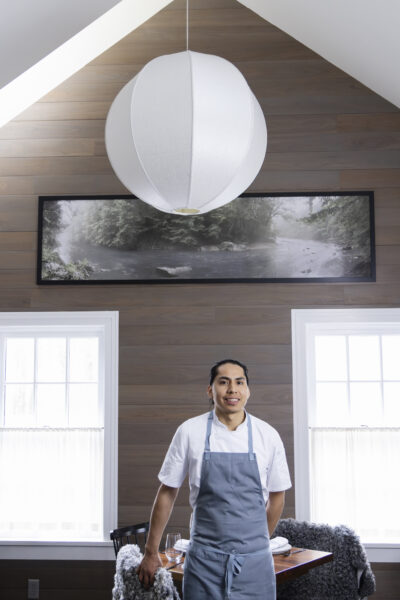
Bolivar Hilario, the head chef, brings this same sensibility. Within minutes of meeting, you feel his warmth, and sense the passion and integrity he has around his cooking and the community. “A chef’s personality is on the plate,” Jo-Ann Makovitzky, the managing partner, explains. “Bolivar is very personable, gentle, and cerebral, and it shows in his food.”
This is a second act for Hilario. He arrived at Community Table in 2016, quickly becoming sous chef (after working at South End in New Canaan.) He left to broaden his technique in New York at Chumley’s, Michelin-star The Musket Room, and Shoji––where he picked up a Japanese (cooking) accent. He returned to Connecticut via SWYFT and its sister restaurant, Ore Hill––soon advancing to chef. He has taken the helm at Community Table with a sense of purpose, and an eagerness to leave a mark.
“Every chef has a signature,” he explains. “For me it’s kombu dashi”––a Japanese soup stock made by cooking seaweed for four hours, to extract its essence. Seventy-five percent of Hilario’s dishes get a dose of dashi—a natural way of augmenting flavor and adding umami.
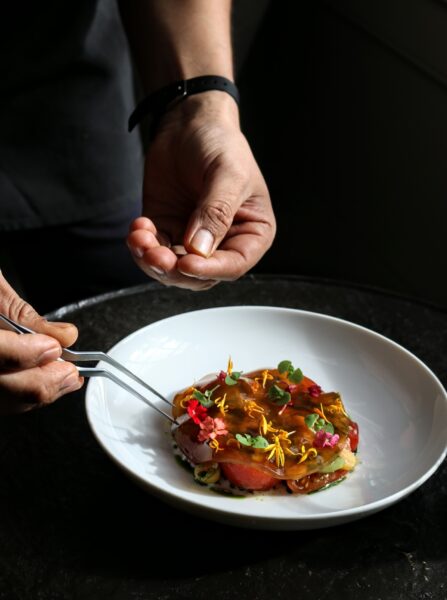
Hilario’s menu is built on a foundation of sustainably produced local foods, while pulling in a bit of French, a bit of Mexican, and a significant helping of Japanese. Take the Head-on Prawns (a favorite dish, though not always on the menu). The dashi is made from the prawn shells; the butter is infused with the dashi; the finishing is done on a Japanese bincho grill; and a Mexican hot guajillo chile oil is drizzled around the plate. The Heirloom Tomato Salad begins with local tomatoes and tomatillos (Mexican inspired, locally sourced), lying on a smear of buttermilk and maple syrup (French technique), while topped with a Japanese-inspired smoky gelee, made with seaweed, bonito flakes, vinegar and… kombu-dashi. “When people see this on the menu, and then see the dish, there is a big element of surprise. That’s what I aim for,” Hilario says with a grin.

“What inspires me?” the chef ponders. “Landscapes, nature. I created a dish that was inspired by spring days when green shoots are coming up––and then it snows.” Not surprisingly, foraging is also core to Hilario’s process. “Watercress and ramps in the spring, Black Trumpet and Pheasant Back mushrooms in the summer––you can find them in the woods around here.”
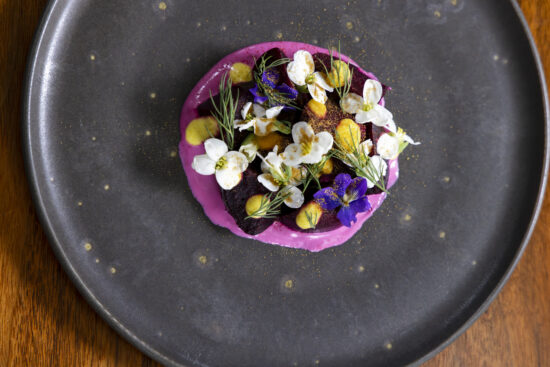
Spending time with Hilario makes you wonder if this strict adherence to principles is what actually fuels his creativity. In the kitchen awaits a trolley with aluminum trays stacked high. One holds freshly discarded onion skins (for making onion dashi); another––black charred onion skins (to make ash that’s sifted on top of lamb); and a third––something translucent-green. “Oh, that’s potatoes and water blended with leftover green onions and rolled out on a sheet,” says Hilario. “I’m not quite sure how I’m going to use it yet.” I look forward to the surprise.
Community Table, 223 Litchfield Turnpike, New Preston. —communitytablect.com





